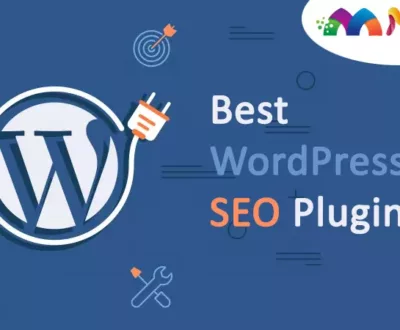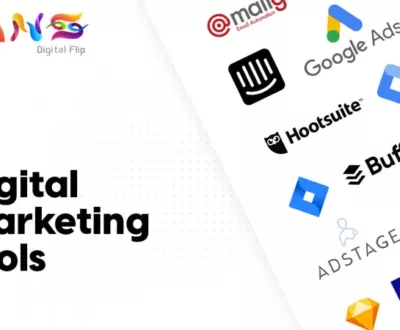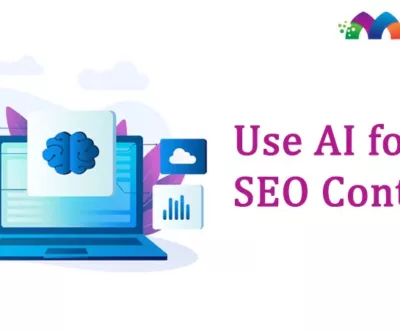
E-commerce content marketing is an incredible way to promote your online store. This is digital marketing where you do not need to spend money on running ads or taking help from influencers. E-commerce content marketing is the art of targeting your audience using different types of useful and informative content. Common content types include:
- Written articles
- Infographics
- Tutorial videos
- Social Media content, and more.
By using e-commerce content marketing, you can persuade people to shop at your brand. It increases traffic on your website, which automatically brings in more sales. With content marketing, you can generate traffic interested in your products.
Highlights of eCommerce Content Marketing:
- E-commerce content marketing is one of the most effective ways for an e-commerce brand to stand out from the crowd.
- E-commerce content marketing helps customers to learn insights about the brand.
- Online retailers can make deep and valuable relationships with customers.
Why Does Your Brand Need a Content Strategy?
In this era, content marketing plays a valuable role in the growth of any business. Especially for e-commerce businesses with limited budgets. Most of the popular e-commerce businesses around the world, use content marketing to generate sales.
Here are some statistics related to e-commerce content marketing showing why your brand needs the content strategy:
- 82% of users came to purchase after reading or watching some custom content related to the brand.
- Around 70% of users reported that they felt more connected with a brand when they have some interesting content.
- Customers remember brand names when they interact via content marketing compared to advertisements.
E-commerce Content Ideas and Strategies
1. Do Better Market Research
A great business is a result of great research. Be it market research, consumer behavior research, basic keyword research, or anything else. This is because it gives a better insight into the interests of people. Research for an eCommerce brand includes:
2. Keyword Research
Keyword research is the backbone of SEO strategies. You have to do appropriate research, and figure out the keywords you want to rank on. Find common keyphrases customer search when they’re looking for your type of e-commerce service. This is the first and foremost step in building a brand.
3. Focus on Groups and Polls
Conduct structured market research by using online surveys, groups, and polls. These fields help you to gain better statistical data and then you can apply better strategies to your service.
4. Your Competitors Are Your Friend
Take help from the competitors which have already established a good place in the market. It does not mean asking them directly to help. Just absorb their strategies and ideas. You can go to their websites and read their articles, infographics, how-to guides, etc.
Think about what they are doing well or what they are missing and how you can represent your brand more powerfully in the market. You can leave a unique comment on their websites. Probably, their audience will recognize you and your brand.
5. Take Help with Quizzes
Quizzes improve the engagement of your business in a unique way. If you conduct an online quiz then your audience can participate in it and you can use them to tailor your offers and communication to their needs.
6. Create and Share Information on Your YouTube
People prefer to go on YouTube in order to get information about products and services. You can create your YouTube channel and share regular content like guides, reviews, and other informative content.
Well, most of the popular e-commerce brands post content on YouTube channel. Thus, they connect with their audience and help them with the challenges they’re having. This in turn leads to a loyal customer base, and sometimes helps in generating new sales.
7. Show Your Products and What They’re Used For
Showing your product on your social media page, informs the audience about your product and attracts them. In addition, topics or activities related to your service and product can add value to your e-commerce site. Just take a view of what your customers like to do and what their interests are.
8. Be Part of Your Audience Lifestyle
When you share content related to the interests of your audience and understand what the audience wants from the brand, you can build a bond. Customers often feel more connected with brands when they understand their needs.
As an eCommerce brand, share your content that you are dedicated to supporting their lifestyle.
9. Try to Answer the Questions which is Not Answered
Well, most people even on e-commerce sites do not discuss some questions like some embarrassing ones. Sometimes your target clients might have intimate or otherwise unusual questions. Try to answer those questions as smartly as you can.
10. Provide Good Product Descriptions
A proper product description means customers know everything they should about the product before they make a purchase. Thus, make sure that your products always have well and clear descriptions.
For example, if you have an online clothing store, then make sure that you offer a size guide that helps to get accurate sizes and shapes. It saves your cost of order returns.
11. FAQ Questions
Most of the popular e-commerce websites use to focus on FAQ questions related to the products. Users always have queries related to their products. They help people decide whether to buy or not.
12. Create a one-of-a-kind buyer Guide
Every customer likes to know more about their product like the size, price, functionality, etc before getting into the purchase. Creating a buyer guide is an effective marketing strategy. It helps to build a good persona and increase customer loyalty.
Wrapping Up
There are a lot of possibilities that come with e-commerce content marketing, but at the end of the day, it depends on how aware you are of the positive and negative aspects of your small business. However, the above-mentioned strategies are helpful enough to turn the negative aspects of your business into positives.










